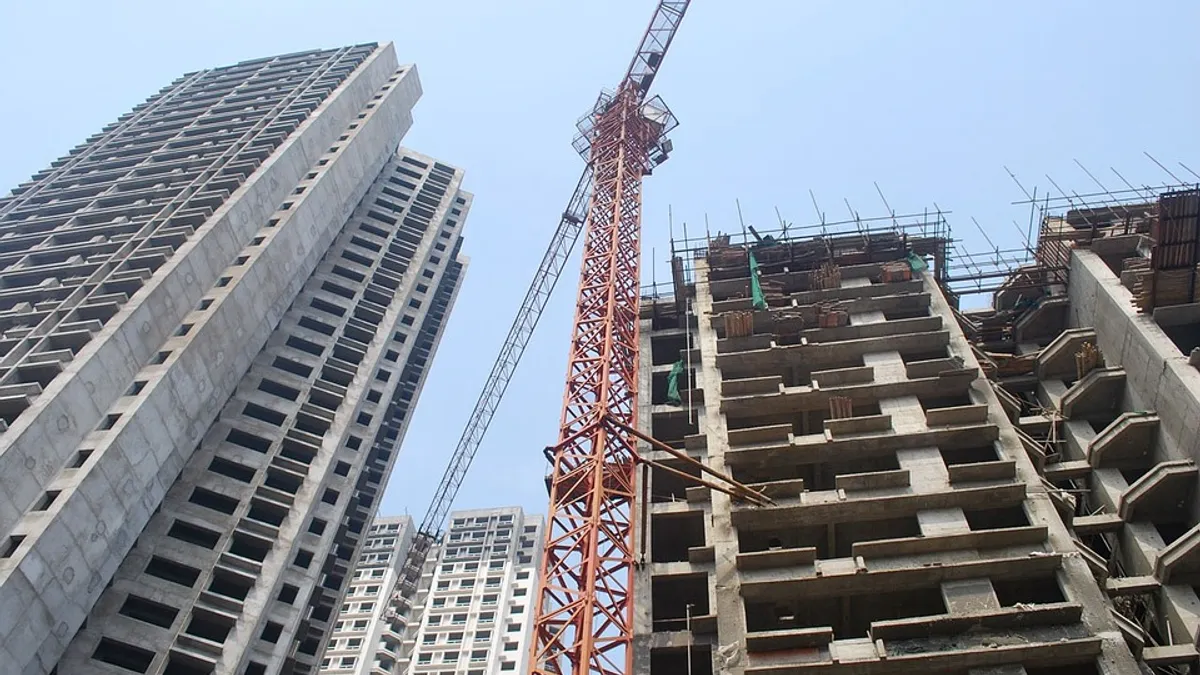Dive Brief:
- The New York City Department of Buildings issued 23% more stop-work orders between January and June of this year (4,580) than it did in the same period last year (3,738), according to Politico.
- The increase in the rate of stop-work orders (70%) has surpassed that of new construction permits (25%) by almost three times from 2012 to 2016. Missing guardrails and exposed holes garnered the most stop orders.
- The DOB said stop-work orders are a vital tool to ensure public safety, but critics said that agency inspectors have been too quick to shut down jobs and that there are no written guidelines to explain exactly what conditions warrant the action.
Dive Insight:
The city has seen an uptick in serious and deadly accidents in the last few years, and, in a statement to Politico, buildings commissioner Rick Chandler said the DOB has also taken on 100 additional employees, raised some penalties four-fold, increased inspection activity for contractors with unsafe histories and required more supervision on low-rise buildings. However, construction industry groups, including the Building Trades Employers' Association, said the increased use of stop-work orders, as far as they can tell, has been somewhat arbitrary.
The DOB reported late last year that Manhattan's construction-related fatalities, which have increased along with the city's construction boom, almost doubled between June 2014 and June 2015, jumping from six to 11. According to The Real Deal, there have been 16 construction-related deaths in New York City during the last year, including that of a pedestrian killed in a February crane collapse. After the accident, New York City Mayor Bill de Blasio launched a crane safety initiative that included increased fines for crane safety violations, more notice to neighboring buildings about crane use and restricted use of cranes during windy weather.
Spurred on by the April 2015 death of 22-year-old immigrant worker Carlos Moncayo in a trench collapse as well as other safety incidents and heightened construction, the Manhattan District Attorney's office formed a construction fraud task force, which focuses on corruption and unsafe practices among the city's construction companies. Last month, the DA's office scored a conviction in Moncayo's death when a New York Supreme Court judge found general contractor Harco Construction guilty of manslaughter and criminally negligent homicide. The judge sentenced Harco to footing the bill for an English-Spanish public safety ad campaign, but Harco has refused to comply, and a lawyer for the contractor said it plans to appeal the conviction.













